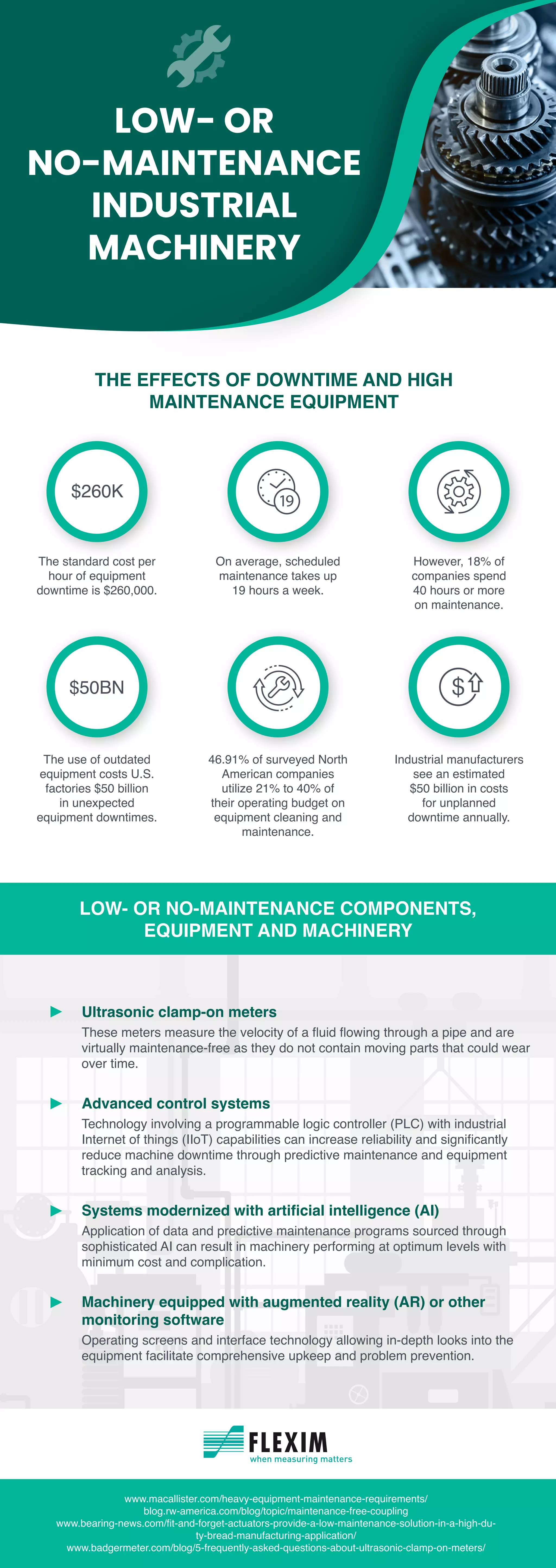While owning and managing a business has its many unique challenges, perhaps the most challenging aspect of all comes in the form of maintenance. Business owners and managers have to ask themselves; do they remain with the industry standard approach and prioritize their maintenance through preventive measures? Or should they instead prioritize predictive maintenance systems? In selecting the former, preventive maintenance allows organizations to establish calendar-driven intervals between the work that is done on each of their machines. These intervals are often determined by the characteristics of their equipment. For example, age and average run-time of a machine are often the two most important factors that allow businesses to best estimate when the machine will require maintenance. Often times this method will leave a lot to be desired, specifically in regard to maintenance resources. With that said, it can be effective in ensuring that all pieces of equipment are well maintained throughout the year. The newer technique that many businesses have alternated to is known as predictive maintenance. This strategy requires unique technological systems to operate but provides organizations with a much more dynamic maintenance approach. The connectedness of these systems allows them to read equipment by collecting performance and output data of the machine, analyzing it, and providing organizations with a much clearer picture of necessary maintenance and periods of expected failure of the machine. If your organization was interested in learning more about the two of these maintenance approaches, in addition to the ways in which they can benefit your production processes, spend some time reviewing the infographic coupled alongside this post for more valuable insight.
Low Or No Maintenance Industrial Machinery provided by FLEXIM, an organization offering exceptional products such as their gas flow measurement devices
















